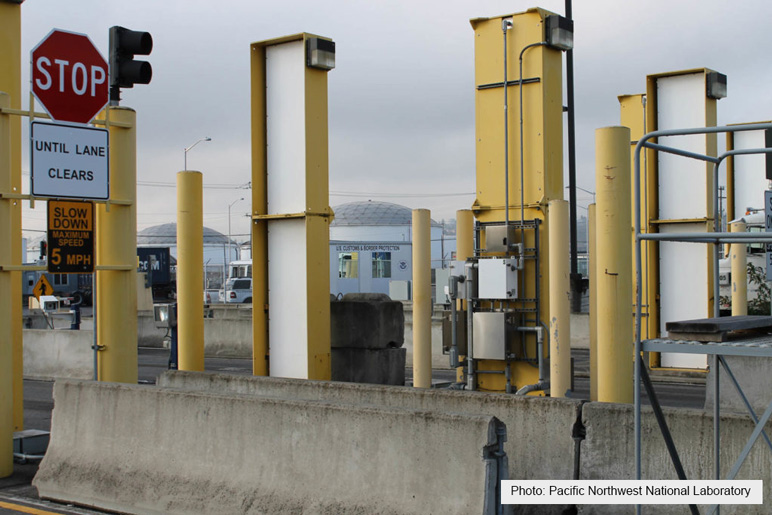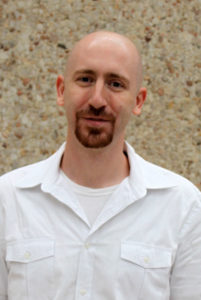
Preventing terrorists from smuggling nuclear and radiological material across our borders has been a priority for the Department of Homeland Security (DHS) and U.S. Customs and Border Protection (CBP) since the beginning of this century. Radiation detection portal monitors are currently the primary means by which the CBP scans cargo and vehicles at ports of entry to detect radiation with approximately 1,300 deployed at the U.S. borders.
Ryan Coogan, a master’s student at the Center for Nuclear Security Science and Policy Initiatives (NSSPI), is working on studying the strategic analysis of radiation detection portal monitors and mobile detection systems in border monitoring. Essentially this work attempts to answer a very particular question: If we want to catch nuclear materials being smuggled into the country, and we already have a border with static (but obvious) radiation detectors, do we continue to invest in more of the same? Do we plug holes in the border? Or do we diversify into mobile detection that can discretely operate state-side, accepting that an intelligent adversary may bypass our border detection?

“We looked at what kind of an adversary might pursue nuclear terrorism. We also examined the uncertainties that plague network modeling and how we might avoid them. We then created a network in SHIELD, a program created by Jun Lao at NSSPI some years ago, and ran a series of simulations,” said Coogan.
Coogan’s work builds on tools developed as part of a large, multi-year, multi-disciplinary project led by NSSPI and funded by the DHS’s Domestic Nuclear Detection Office called the Smuggled HEU Interdiction through Enhanced Analysis and Detection (SHIELD). As part of this project, researchers from NSSPI and the Texas A&M University Department of Industrial and Systems Engineering developed an integrated systems analysis model and created a code to analyze the strategic problem of nuclear material smuggling. Coogan used this software to perform a comparative analysis of two networks: one that deploys more radiation detection portal monitors and another using mobile detection systems. According to Coogan, the results point to using more mobile detection systems.
“What we found is that we’re better served investing in mobile detection. While a static system may be effective against opportunists, it’s not very effective against the type of adversary which is going to engage in nuclear terrorism.”
While his study did not examine the cost associated with the different systems, Coogan’s research suggests that mobile detection systems have a significantly higher payoff in terms of their ability to successfully detect a simulated adversary.
Coogan earned a Bachelor of Science degree in physics from Michigan State University and a bachelor’s degree in liberal arts from Drew University. He worked with his advisor Dr. Craig Marianno, deputy director of NSSPI and assistant professor of nuclear engineering, on this project and he successfully defended his thesis on Oct. 3. He will be earning his master’s degree in nuclear engineering in spring 2019. After graduation he aspires to work in government to better inform the public and decision makers about nuclear technology.
